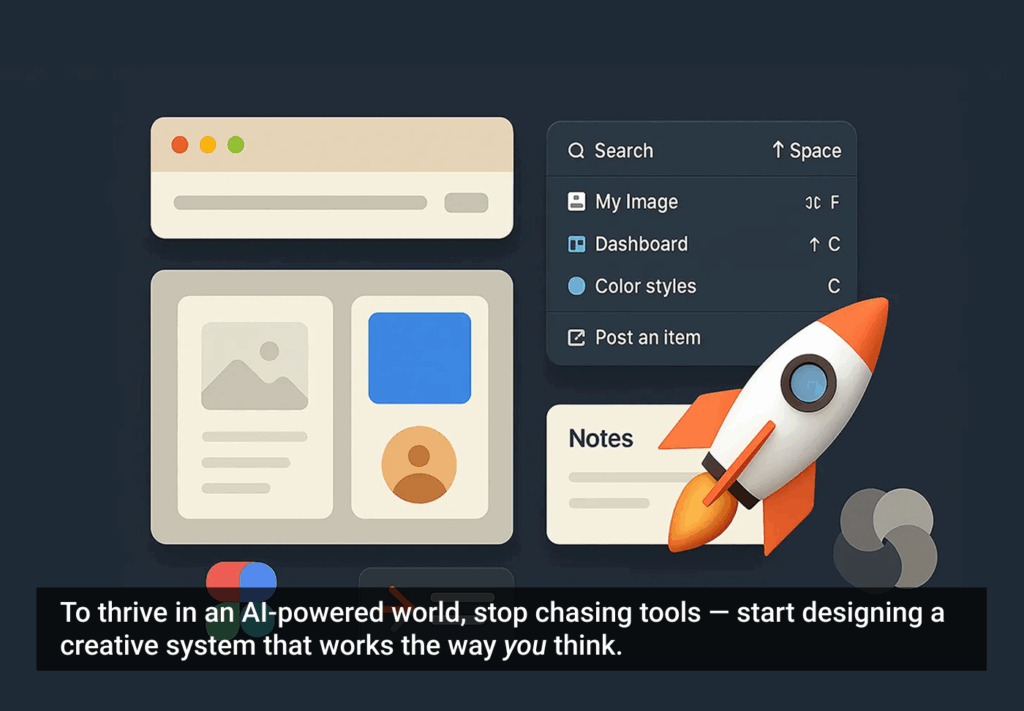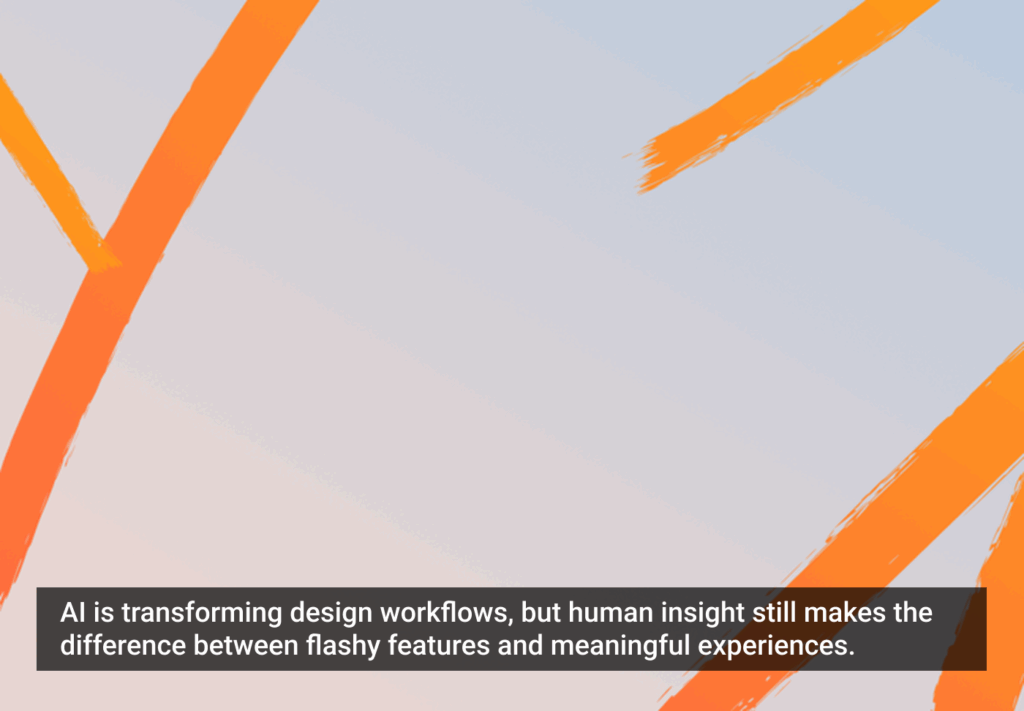As user experience professionals, in our not so distant past, we all remember spending a lot more time evangelizing the business value of design. All of that hard work has come to fruition; we now get to focus more of our energy on understanding customers and providing more sophisticated creative solutions. But are our stakeholders truly engaged in the hard and sustained work it takes to solve creative problems?
Are your clients spending more time picking apart non-essential details than offering constructive feedback? Do you leave design review meetings thinking, “Why didn’t they offer this information sooner?” If so, what can we do to better incorporate stakeholders’ knowledge and input while holding on to our own sanity? And, how can we do this without crowding too many cooks into the kitchen and still pushing for best-in-class designs?
Enter Co-Creation
Hitting the perfect balance of understanding both user and business needs takes a lot of imagination and constant course correction. Creativity is what ties all of our work together. We use it as a tool to uncover insights, recommend solutions, and (of course) to create designs. Why shouldn’t it also apply to working with and understanding businesses from the perspective of key stakeholders?
Co-creating with stakeholders can happen in many ways, but the sooner it is introduced into the process, the better. A shared understanding of goals and objectives is often the catalyst for a successful working relationship. Ensuring that everyone is focused on the end goal leaves much less room for the distraction of a misunderstanding.
How does it work? Here are some co-creation strategies:
Communicate Early and Often
- Be transparent from the onset. Share your plan, your process, and your thinking (and how your strategy might change as you uncover insights) as often as possible. Tell stakeholders why you want to include them in your process. Ask thoughtful questions about the business and try to understand client pressures so you know what communication styles work best. If time is one of the pressures, as it usually is, let them know that this can actually save a lot of time down the road.
- Talk through what the client’s idea of success looks like from a design perspective. Do they easily visualize design concepts or are they better with examples? Look at samples found online together and talk through them, gauging what design elements speak to the client by asking what they like and dislike. Get a sense of their comfort level with pushing the design envelope.
- Sketch ideas together. Use this as an opportunity to represent users and cite research or design principles. If the client perspective does not match the needs of the user, you have the opportunity to discuss and address it early on in the process. Instead of scrapping hours of hard work on both sides and starting over, you can build an understanding that will hold together as you move forward.
Expose the Chaos
- Share your process. Many designers are non-linear and we worry that exposing our “non-process” process will alienate more linear thinkers and some stakeholders, who more readily value structure and clear starting and ending points. It can seem easier to keep the not-so-pretty stuff behind the scenes and present only the final buttoned-up solutions and documentation to seemingly match the process of more linear thinkers. Yet, while only showing the perfect pieces, we can miss opportunities along the way for clients to provide constructive and valuable feedback—feedback informed by issues that have already been discussed or debated internally by stakeholders. Perhaps a stakeholder will not realize what needs to be communicated until they see how we have interpreted an aspect of their business.
- Allow the client to also exercise their creativity skills. It is easy for us to take the creative process for granted. We are as much embedded in our roles as stakeholders are in theirs. Many clients find it refreshing to step out of their comfort zones and have the opportunity to attend non-traditional meetings and workshop through design problems or use their skills in different ways than they might get to in their day-to-day activities.
- Explain the process, and the chaos. Demonstrate that what seems messy actually increases the number of viable solutions and the awareness of problems that might arise. Have you ever seen an artist’s studio? It’s usually a complete mess—supplies, books, crumpled up pieces of paper, and materials everywhere—but displayed in a gallery or museum setting, the actual works of art look very thoughtfully executed and effortless. It takes a lot of practice and research to make one good piece. The same goes for user experience design—no matter what is exposed, a strong final solution is still the goal. We should not be afraid to express the fact that creativity and problem solving are sometimes chaotic processes. Moving from the global to the granular presents opportunities to engage users in new ways and should be embraced.
The Value of Stakeholder Input: Call it as you see it
- Communicate and demonstrate. Showcase the value of collaboration throughout the process by recognizing key business learnings, where user needs meet the business needs and how they both inform the design. Reiterate that co-creation can connect businesses with their customers as never before and ultimately improve ROI. After all, how much of a connection can clients really have with their users when they are only embedded in strategy?
- Understand that clients rarely know what we know—and vice versa. If they see how designers create, and where we gain our inspiration and information, they are more likely to trust us and free us to do our best work.
- Encourage stakeholder participation at every turn. Knowing that designers understand their perspective and the business side of things will help stakeholders become less reticent to chime in with constructive ideas and feedback. The best idea in the room is just that—it doesn’t matter who it comes from, it matters that effective ideas are recognized and acted upon. This is where we can add value as designers. Instead of advocating only for the users and assuming we know the business before taking the time to really understand it, we can work together with stakeholders to find the best overall solution.
Conclusion
As you try some of these techniques, watch stakeholders and clients become more engaged in the work you are doing and see your projects and design work benefit from the additional knowledge gained through co-creation—all of which can lead to smoother, and likely more rewarding, working relationships.
Hippo and bird image courtesy of Shutterstock.







